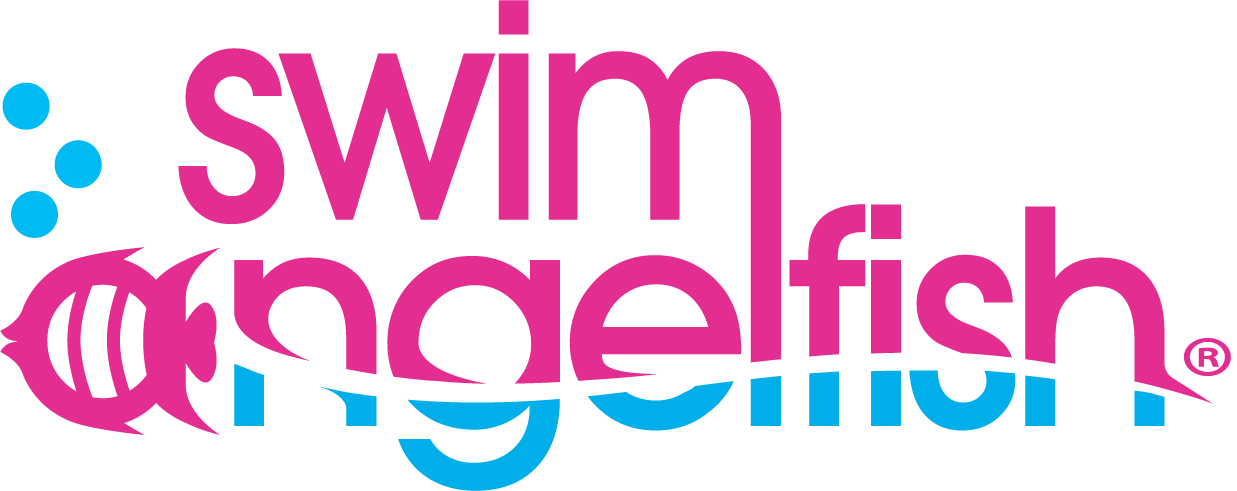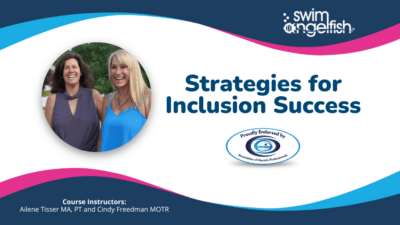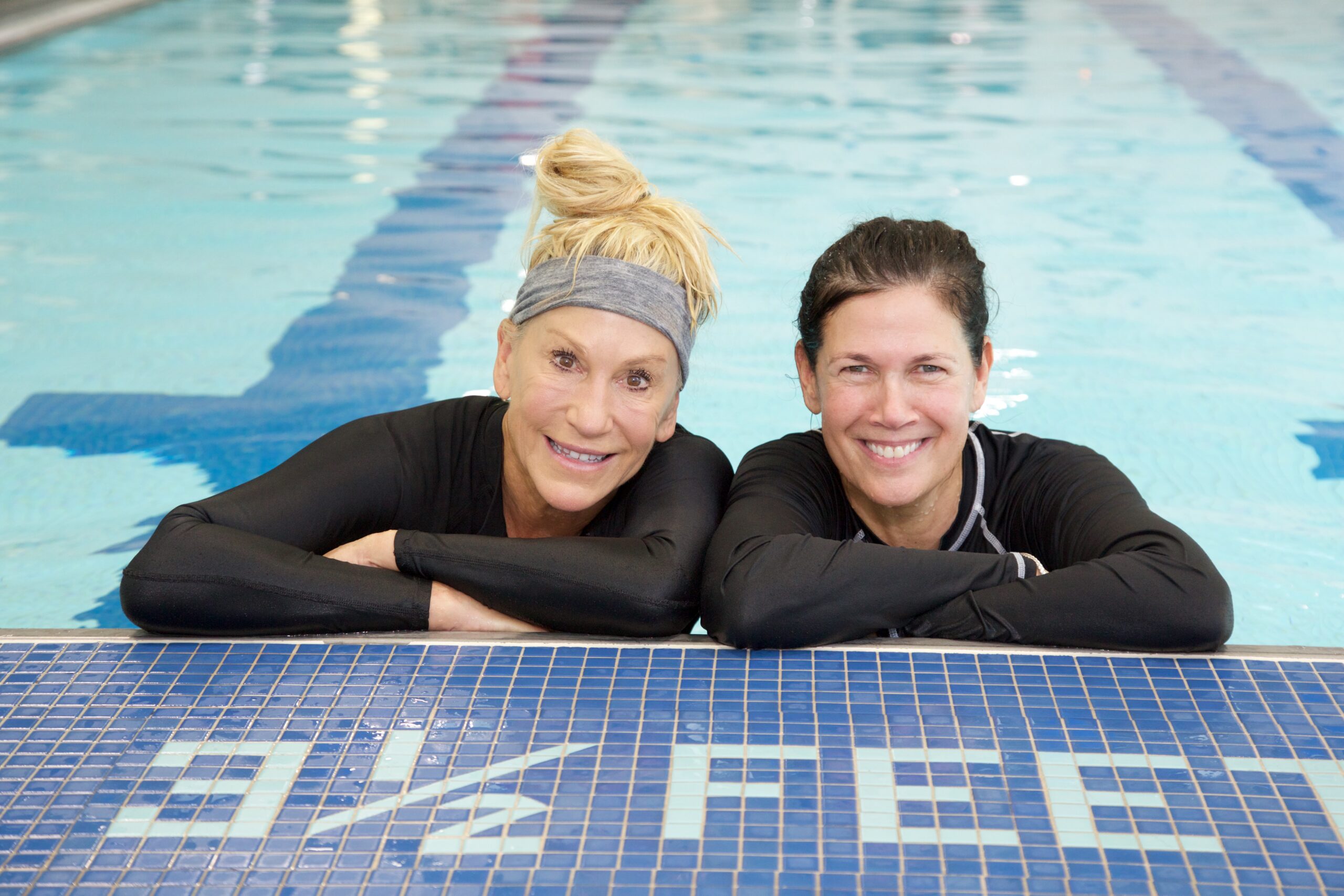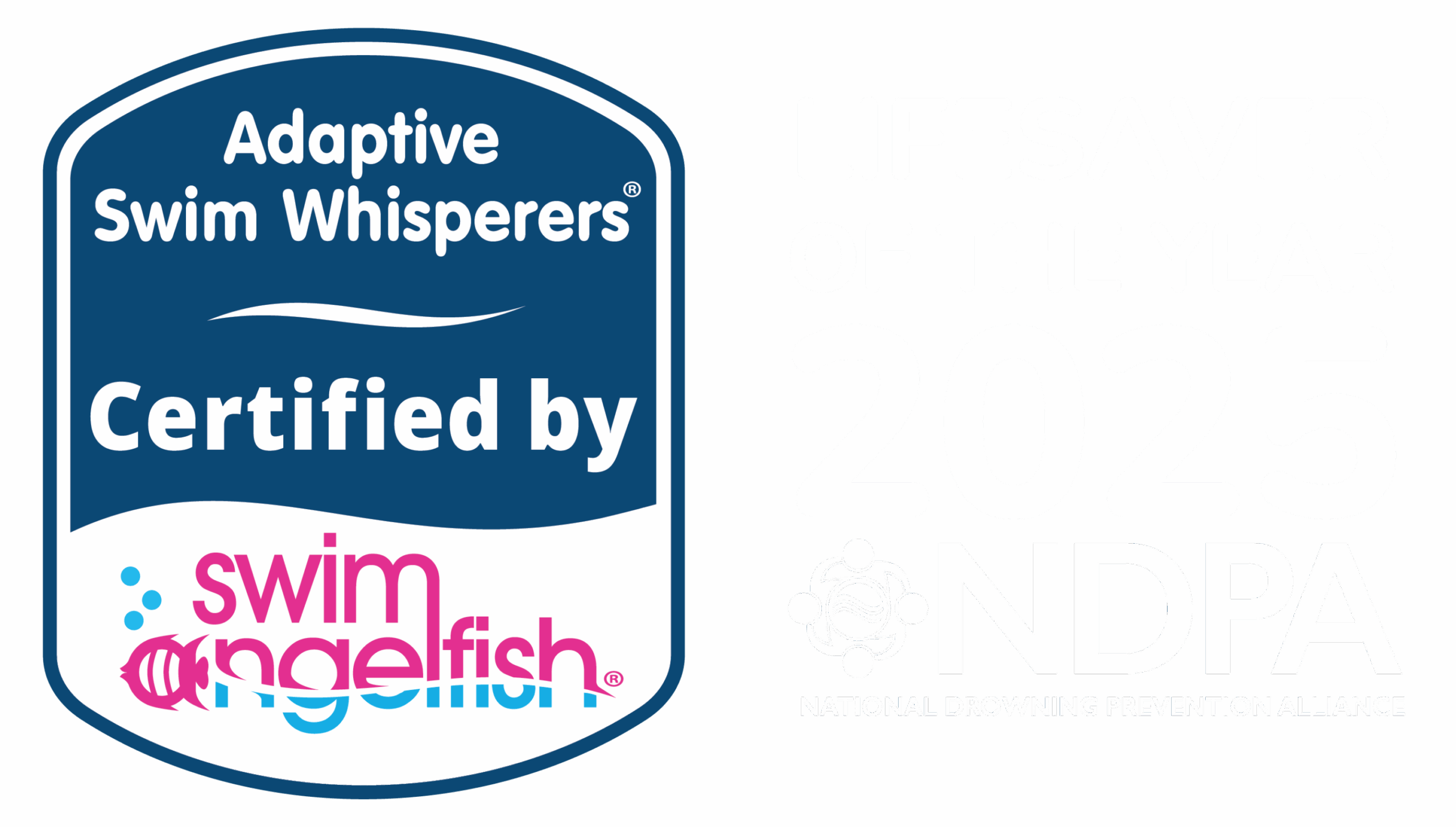Your Guide to a Successful Inclusive Youth Program
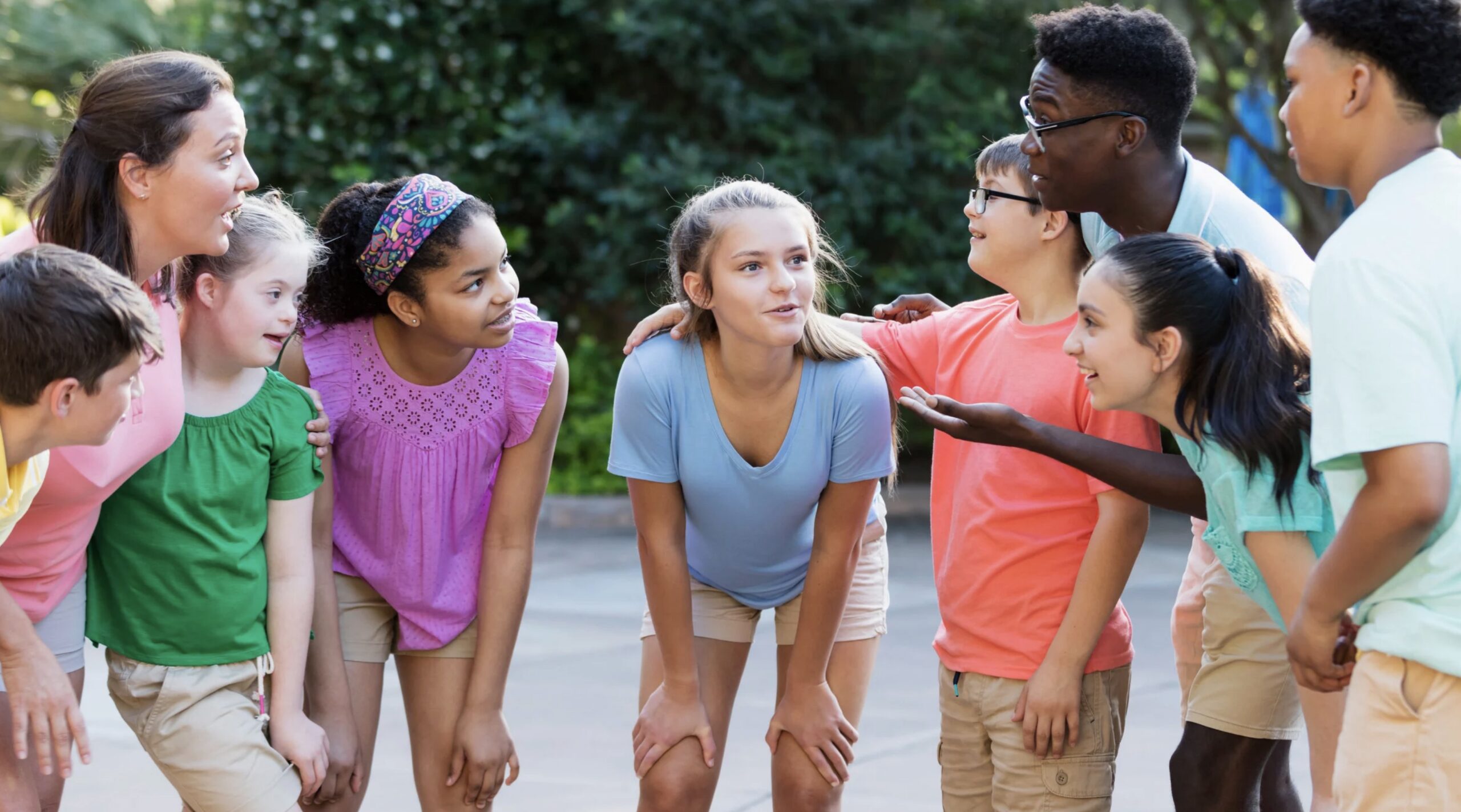
What if every child, regardless of ability, felt they belonged in your sports or activity program? Finding inclusive recreation programs with trained staff is a huge challenge for many parents, and the demand for inclusive after-school activities and sports programs is starting to explode.
This guide offers practical strategies that will equip you and your staff with the tools they need to support participants with high-functioning autism, ADHD, and sensory sensitivities.
With the right tools, your team will be able to:
- Reduce sensory overload and prevent meltdowns.
- Improve positive interactions for all participants.
- Increase participation and engagement.
Providing opportunities for children of all abilities to participate in physical and leisure activities isn’t just the right thing to do; it’s a game-changer for all participants. These programs support a wide range of health and developmental benefits that can last a lifetime.
By understanding strategies to use for children who learn and experience the world differently, your team will be ready to manage challenges, creating a more successful and joyful experience for everyone.
The question is – are you ready to meet the needs of children of all abilities?
Addressing Common Recreation Inclusion Challenges
Knowing what to expect can help you feel more prepared when including neurodivergent students or those with disabilities in your sports and recreation programs. Let’s look at some common challenges and how they might show up in your sessions.
From Concern to Confidence: Navigating the Inclusion Journey
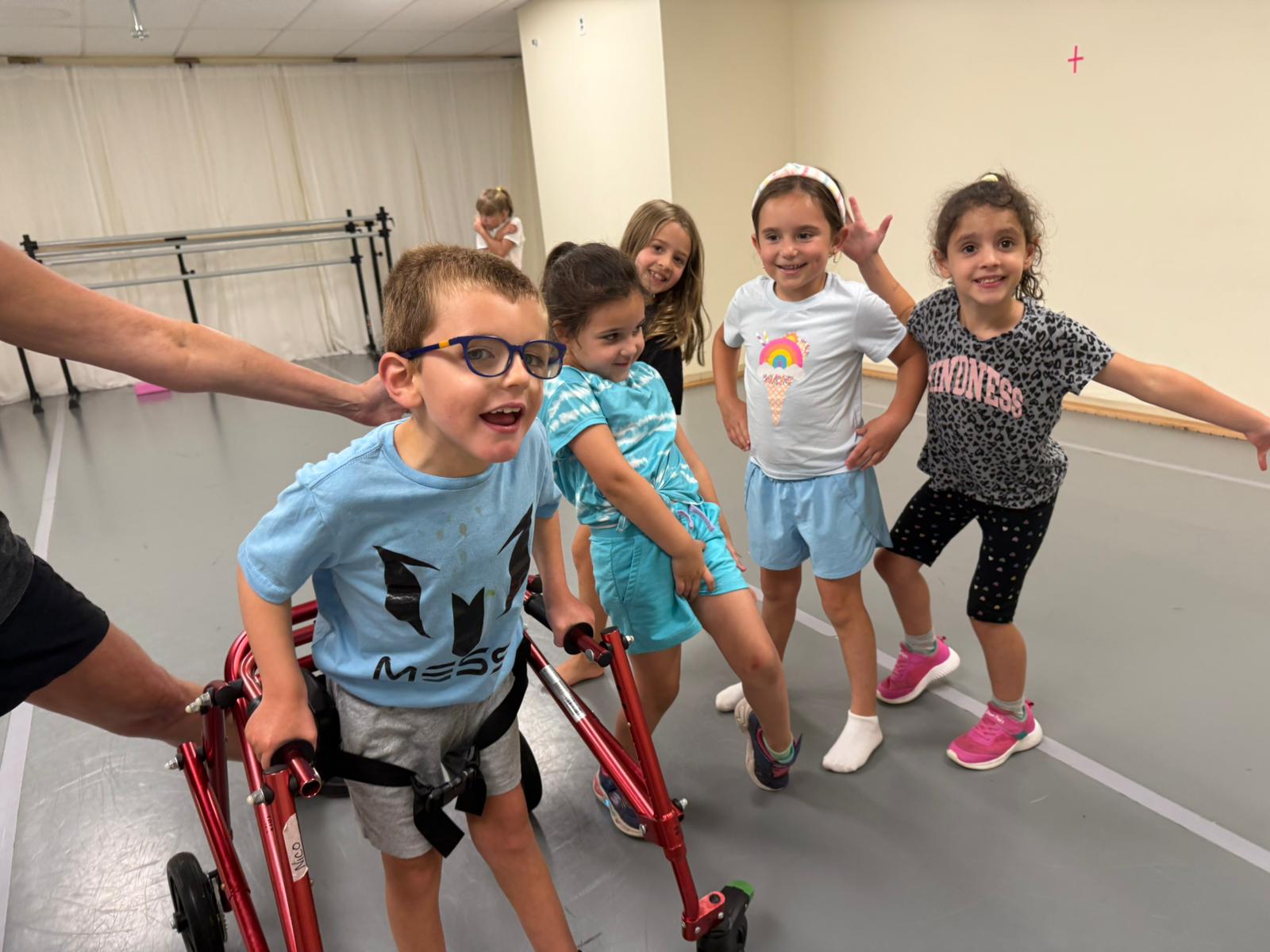
You might be wondering how to manage these challenges effectively, balance the needs of all your students, and still run a smooth session. These are valid concerns, and you’re not alone in having them.
At Swim Angelfish, we consider ourselves experts in adapting approaches and teaching methods. Our OT and PT background brings over 25 years of experience in adaptive education, including extensive time running day and overnight camps. We’ve been in your shoes. We understand these challenges firsthand, and we’ve broken down our unique insights into practical solutions that lead to genuine inclusive success.
Ready to learn how to turn these challenges into opportunities for growth?
Let’s dive into our actionable strategies.
5 Practical Inclusive Solutions for Sports & Rec Programs
While we can’t reveal all our secrets here (that’s what our course is for!), here are 5 practical solutions to transform your approach to inclusion:
Step Up Your Business’ Inclusion Journey
Whether you run a ballet school, soccer training program, martial arts studio, drama club, art classes or are a sports coach these strategies are designed for you. Your program can become autism friendly by adapting to your students’ unique needs.
And if you’re already incorporating adaptive practices, our training complements existing programs by offering a unique perspective from an Occupational Therapy (OT) and Physical Therapy (PT) team. This distinct blend of expertise is what makes our approach so effective and truly unique.
Ready to transform your program’s approach to inclusion, overcome common challenges, and ensure every child has an incredible experience?
Our 2-hour online course, “Strategies for Inclusion Success,” is packed with actionable insights and practical techniques derived from our decades of real-world experience in and out of the water.
Invest in your staff, your students, and the future of your program. Learn more and enroll in “Strategies for Inclusion Success” today!
